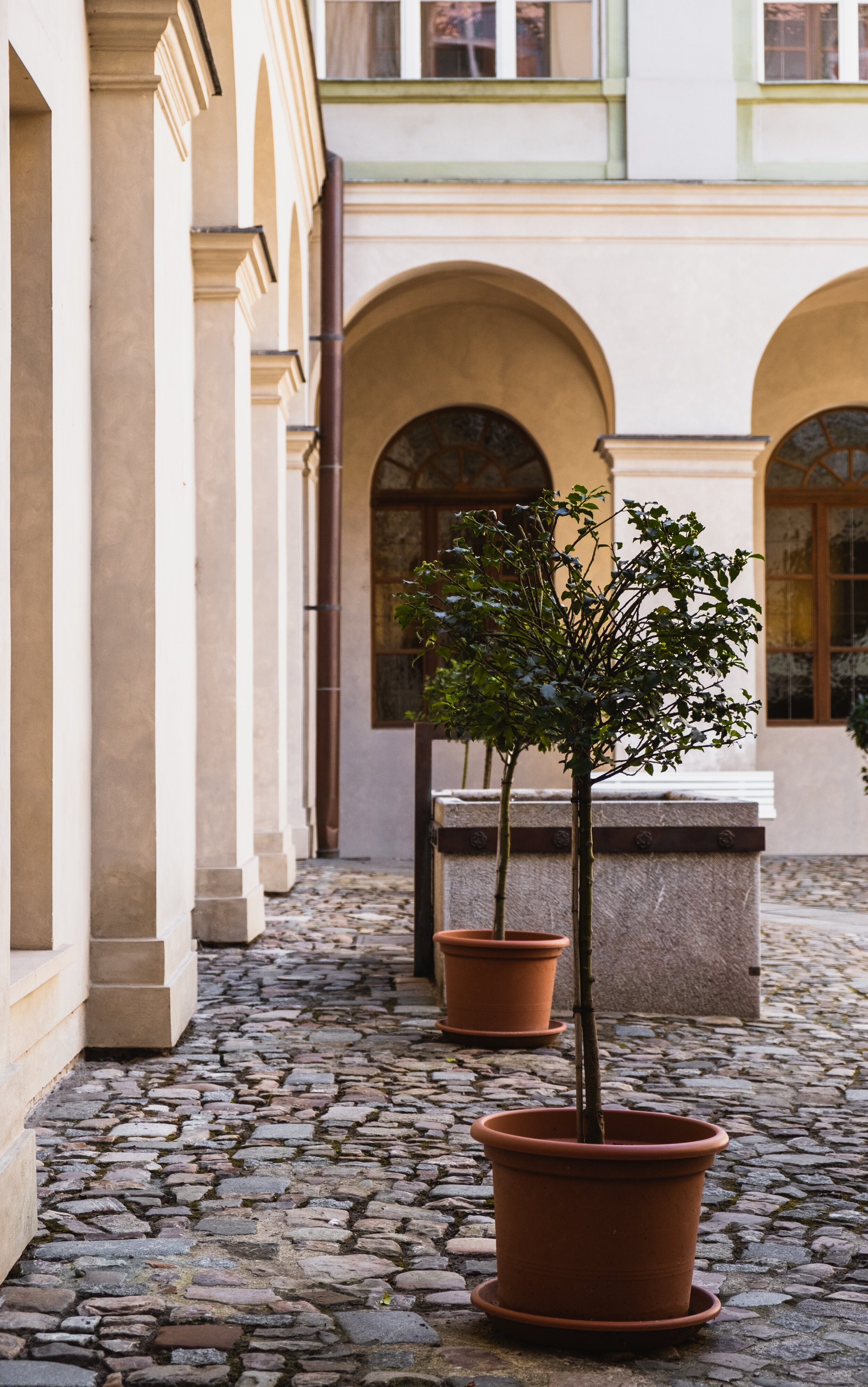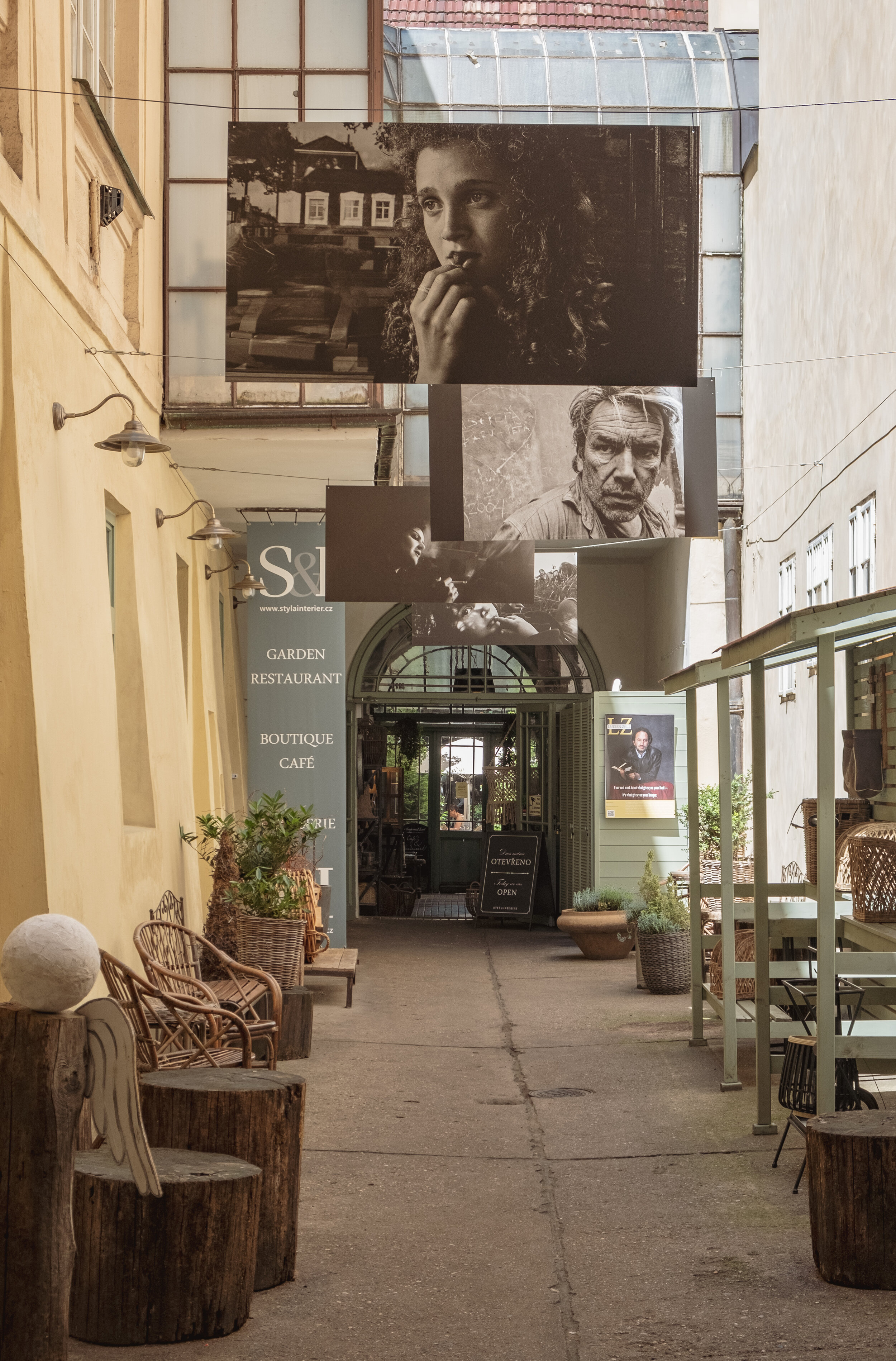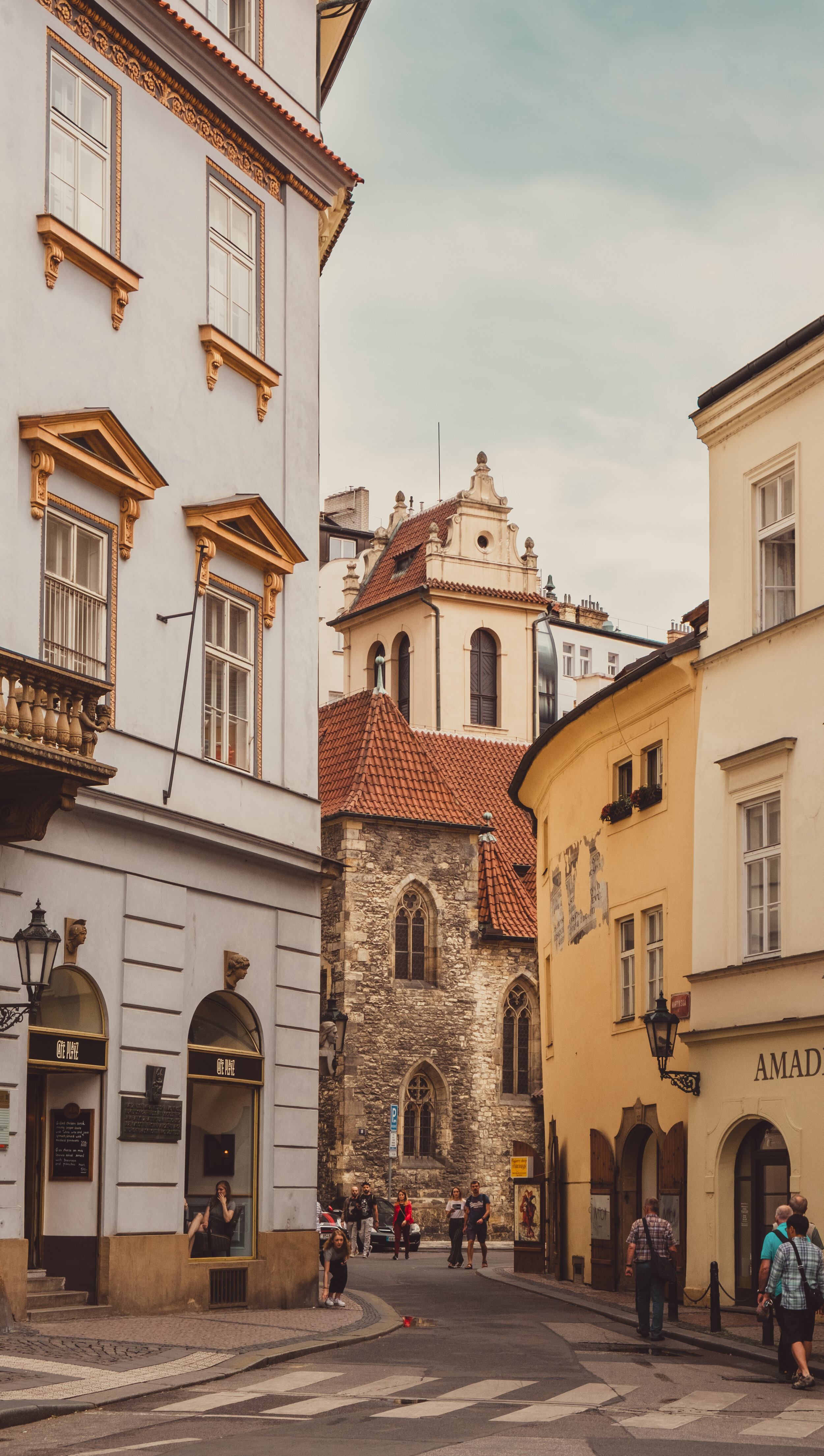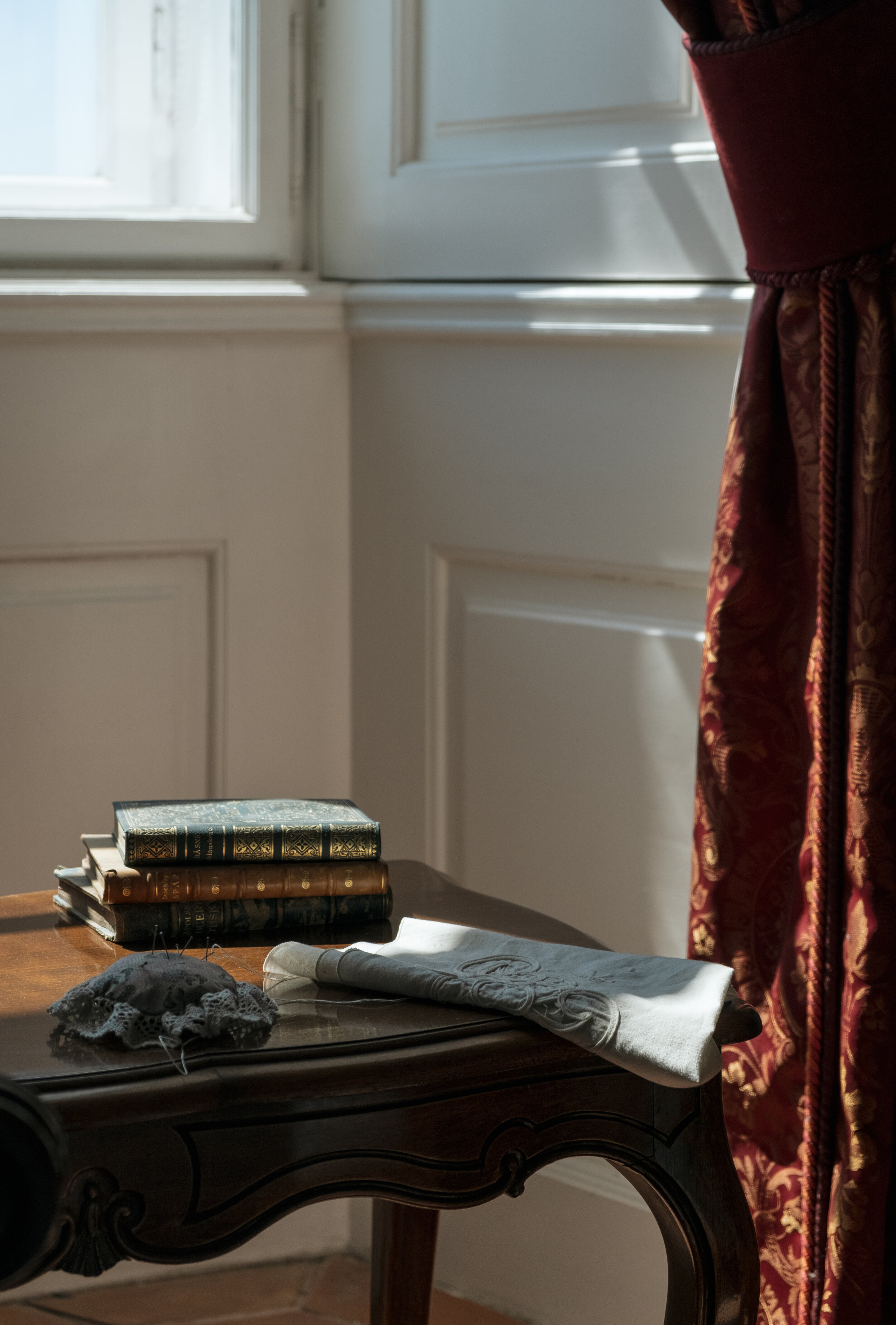Travel Series: Prague

“Meet me at the hospital,” my friend quipped, as she transferred some Czech dumplings, which more closely resembled slices of pillowy bread to me, and beef goulash from her plate to mine. Noticing my confused reaction, she explained that it was a Czech expression—sharing food was sharing germs, so we should both expect to get sick and see each other at the hospital the next day.
“I didn’t come to Prague to experience its health care system,” I replied, laughing. I picked up a bread dumpling with my fingers, about to dip it some goulash like one does with naan or pita, before my friend stopped me. This time, she was the one with the bewildered look on her face as she exclaimed, “You can’t eat dumplings with your hands!”
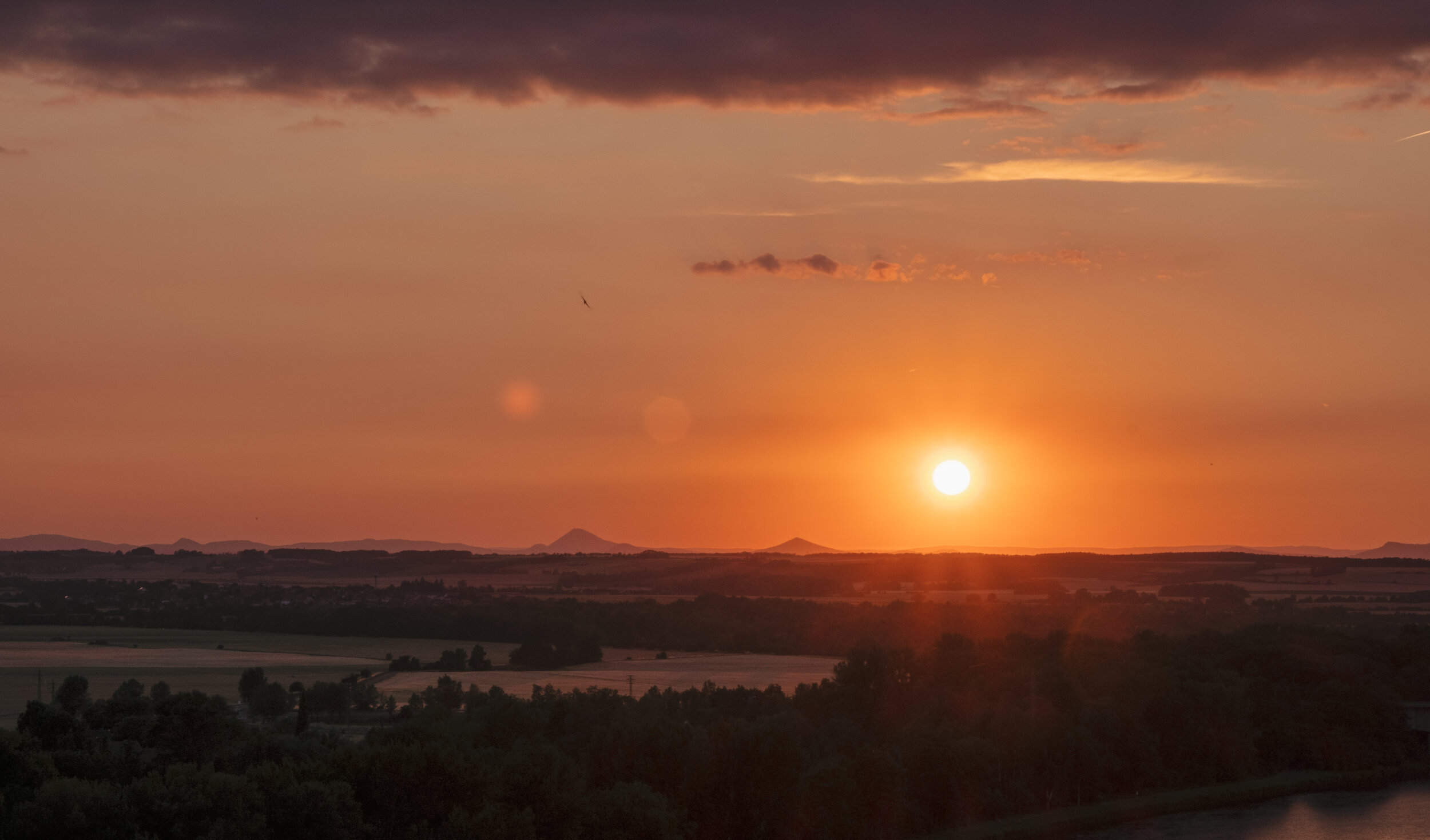
Honestly, I didn’t know quite what to expect when I stepped off the plane from Germany and set foot into Wenceslas Square, Prague’s bustling commercial center, for the first time. Prague was where Europeans traveled to for a short vacation or weekend trip, my coworkers at the German university where I was doing research over the summer informed me. “It’s Eastern Europe”—everything was supposed to be cheaper and slightly sketchier, eccentric but not exotic, and most importantly, beer allegedly cost less than water. And walking through the Prague’s Old Town, I had to admit that the city was undoubtedly touristy; the streets of the Old Town Square were lined with stalls selling trdelniks (a “traditional Czech pastry” that apparently actually originated in Hungary), buskers in giant inflatable bear suits, and parties of drunk men singing on beer-bikes.
Yet, as I leaned against a bridge railing to rest my feet after climbing up what seemed like a million steps to the Prague Castle, only to realize that the palace gates were about to close, I discovered a sort of quiet magic separate from all the chaos of the teeming metropolis. Watching the sun set over the city’s red roofs, I tried to pick out major historic landmarks—the Charles Bridge, Saint Vitus Cathedral, and the Astronomical Clock tower. The Vltava River cut through antiquated buildings set against a hilly background, creating a landscape that was a melding of culture and nature. Prague used to be the capital of the Holy Roman Empire, my friend told me. Emperor Charles IV had wanted the city to become one of the most beautiful in the world. Now, it was the capital of the Czech Republic. The people of Prague didn’t consider it to be Eastern Europe. To them, it was Central—“the heart of Europe.”
On my last day in Prague, I ate cherry bublanina, a Czech pastry that my friend baked herself, for breakfast, and then spent my remaining Czech korunas on a scoop of delicious pistachio gelato and my train ticket to Václav Havel Airport. Before I walked through the airport doors to fly back to Germany, I thanked my friend for her hospitality. I promised to make her Chinese dumplings—real dumplings that didn’t look slices of bread—the next time we met. She asked if people ate Chinese dumplings with chopsticks. “Yes,” I said, “unless you want to eat them with your hands.”
“OK,” she replied, “meet me at the hospital then.”

